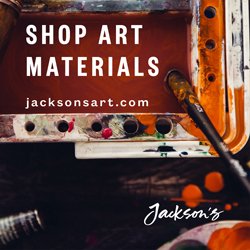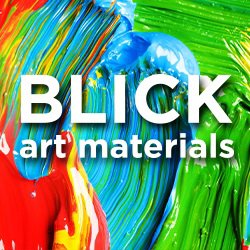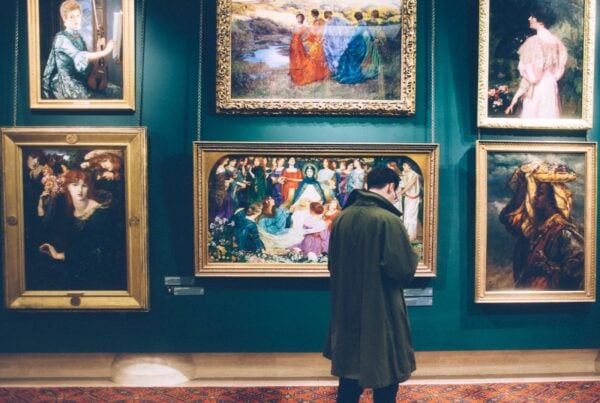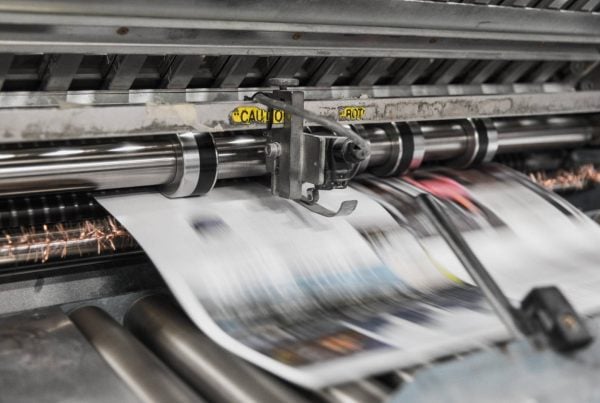Many people underestimate the role of graphic design in business development. Graphic design is considered a secret weapon in a time when perception and emotion play a big role. People need a new format of visual content in the era of digital gadgets. You can not only attract new clients, but also retain your audience by working on creating high-quality design using web application development services.
Table of Contents
Functions of Graphic Design in E-Commerce
The main function of graphic design is to convey the necessary information in order to evoke emotions in a person. You can create the desired impression, highlight the unique features of the brand and reflect its values with the help of quality design. The main design features are clarity, simplicity, and creativity.
Modern designers strive not just to create a template for e-commerce, but to delve into the customer’s business ideas and develop a project that can be remembered. The task of each work is to convey not only a certain story, but also to evoke positive emotions in the visitor. Experienced designers carefully study brand values to create a unique project.
The Importance of Design for Business
Graphic design is a powerful tool for creating your own image for any business. A memorable logo, non-standard style, innovative packaging, bright visuals for social networks are necessary for correct positioning in the market. Modern brands that professionals have worked on are more professional and reputable than others; they inspire confidence among buyers. Properly selected visual elements can create a mood, evoke the right associations and positive emotions in clients. It creates a strong connection between the brand and the audience, which is necessary in building of a long-term partnership.
The role of design in the development of e-commerce cannot be disputed. Most interactions with customers happen through online pages, so creating visuals requires careful work. Original, charismatic works by experienced designers can attract the attention of new customers, differentiate a store from competitors, and retain existing users.
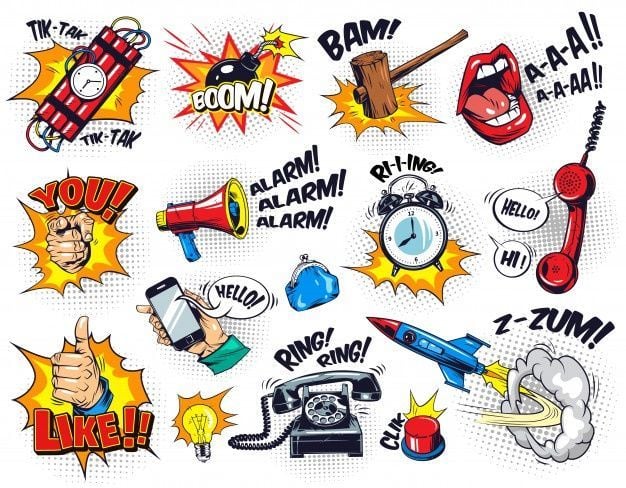
Stages of Development of Design as An Art
The roots of design go back to prehistoric civilisations. From hieroglyphs in Egypt to early Chinese script, visual communication has been an important part of culture. The invention of the printing press by J. Gutenberg, that happened in the 15th century, can be considered the beginning of the development of graphic design in the modern sense. Leonardo da Vinci and A. Durer worked on the fusion of art and graphics. The introduction of symbols, logos, and various elements increased.
Graphic design evolved with the rise of industrial production. Then it was fashionable to create posters, playbills, packaging, and design products. This industry belonged to industrial graphics. Graphic designer positions were assigned to illustrators and graphic designers. They had to have the skills to draw with different materials and master graphics techniques. Traditional art has been replaced by clear figures, strict fonts, and contrasting colours.
In the 20th century, new forms of art appeared, which was reflected in design. New visual designs appeared thanks to modernism, minimalism, and bright colours. Famous schools such as the Bauhaus taught how to combine art and new technology to create amazing works. The mid-20th century is known for its psychedelic movements and pop art, bold abstractions and experiments. Artists sought to expand the boundaries of design, showing its versatility.
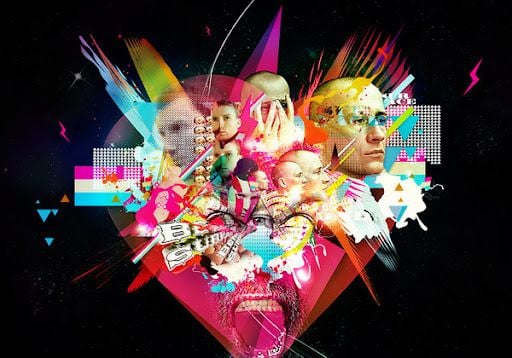
Design Trends Today
The introduction of digital technologies has caused the rapid development of graphics programs. Adobe Photoshop and Illustrator have become tools that modern design schools have used to create innovative designs with stunning precision. With the advent of the Internet, design development continued. Websites, social networks, digital platforms have become an integral part of our lives.
In the new conditions, despite the widespread use of digital technologies, there is a growing interest in the man-made process of creating images, for example, those made on paper. Watercolour, line and line drawings, as well as children’s stylisation’s, are increasingly used to shape the visual image of brands. The popularity of handwritten fonts is also emerging when creating advertising texts, congratulations and other materials. Particular attention should be paid to images created on the basis of hand-drawn fonts and illustrative elements, with significant readability. Advertising messages consisting of one word or phrase can convey emotion, mood, dynamism, rigour or lightness through the lettering style.

Popular Design Styles
The process of design transformation as a cultural part is an inevitable phenomenon. Art movements and trends are constantly developing and transforming, replacing each other. New tendencies and trends are taking the place of the old, and trends that died out many years ago suddenly wake up and become relevant. In modern design, there is a noticeable change in trends, which is characteristic of styles in art. There are many styles available in modern design.
- Swiss design emerged in the 1950s and became the foundation for the modern movement. It is characterised by clarity of perception and a strict approach. The main feature is the use of a modular grid and simple fonts. The style is widely used in the creation of posters, covers, and packaging.
- Memphis appeared in the 1970s, the group of artists who created it wanted to move away from boring standards. The main attention in the compositions is paid to details. Works in this style are characterised by non-standard geometric shapes and lines, bright colours, and deliberate asymmetry.
- The Bauhaus existed in Germany in the 1920s. The style is characterised by functionality and simplicity. Style rejects empty decoration. Its form is determined by functionality and minimalism. The style is dominated by orderliness and asymmetrical contrast. The elements are distinguished by straight lines, rectangles and circles, complemented by a grotesque font.
- Grunge was born in the 1980s at the intersection of alternative music and the underground. The word «grunge» is translated as «untidy». Grunge has become the opposite of glamor. Works in this style are brutal, with «dirty» shades and textured backgrounds. In graphic design, grunge is used to stylise images and create a rebellious atmosphere. This style allows people to create expressive posters and advertising banners.
- Art Nouveau is distinguished by the addition of elements of national art. It combines natural motifs, non-standard forms and innovative ideas. The palette uses delicate and muted shades; patterns, carvings, and engravings are used as decorative elements.
- Minimalism focuses on reducing the basic elements to get the point across without cluttering the field with unnecessary details. Clean lines, simplicity of shapes, one background color — these are the details that characterise this style. Minimalism is also used in design, you can notice that logos and packaging in this format effectively convey information.
Comparison of Design and Art
When comparing design and art, the following points can be noted:
- Works of modern art and design have functional differences, but share the same aesthetic qualities. At the same time, graphic design is most similar to fine art in the nature of its reflection of reality.
- It takes a lot of time and painstaking work to create high-quality design, like works of art.
- The history of the development of design is expressed in certain styles and directions, and is similar to the process of development of fine art.
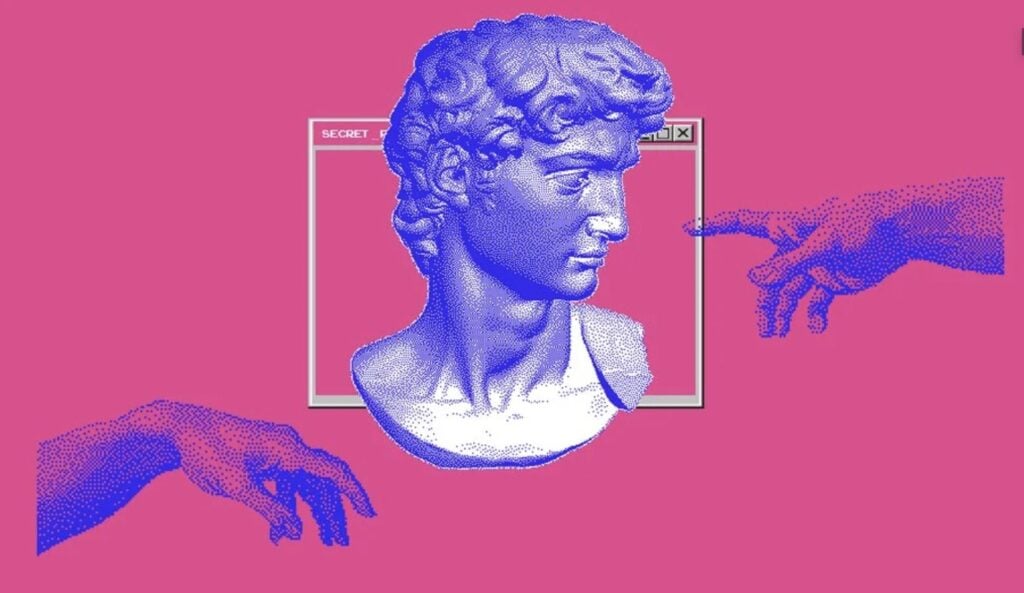
Graphic design has penetrated into all areas of our lives. We live under its influence without noticing it ourselves. Just pay attention to the logos of famous brands, smartphone application interfaces, and bright banners that surround us. The designer has access to new materials and techniques, including typography, layout, and vector work. The world is rapidly evolving, and graphic design is changing along with it. The capabilities of virtual reality and artificial intelligence are rapidly taking it to the next level. Designers are pushing their boundaries, adapting to the technological revolution and the changing needs of society.





